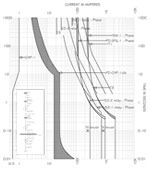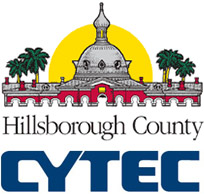Medium Voltage Relay Settings
What is the Purpose of the Relay?
Power systems that operate at medium voltages of 4160V up to 23kV are protected by circuit breakers controlled by relays. The main purpose of relays is to protect power system devices. The devices we are protecting are generators, transformers, buses, and feeder lines. The main problem we are protecting from is power system faults. There are several different kinds of faults such as phase to ground, phase to phase, and other combinations. There can be many different causes of faults with some of the most common being lightning, rodents, human interference, aging of equipment, and adverse weather. The relay is used to detect the fault and then open breakers in the area in order to clear the fault.
5 Criteria We Use for Proper Relay Application:
- Reliability - We assure that your system will perform correctly.
- Selectivity - We assure that you will receive the maximum continuity of service and minimum system disconnection.
- Speed of Operation - We optimize the minimum fault clearing time, which allows us to optimally reduce equipment damage and system instability.
- Simplicity - We set your system to optimize minimum protective equipment and associated circuitry to objectives.
- Economics - We set your system to provide you maximum protection at minimal cost.
What is involved in Setting the Relays?
The relays must have a way of receiving information from the system. This information can be current, voltage, impedance, reactance, power, power factor, power/current direction, frequency and more. The most typical readings used are voltages and currents. This is achieved by using potential transformers (PT’s) for voltage readings and current transformers (CT’s) for current readings. With this information and programming the relay can react accordingly.
Relay manufacturers:
- ABB
- Basler
- Siemens
- Woodward
Optimize your Medium Voltage System today! Contact us now to learn more.

















